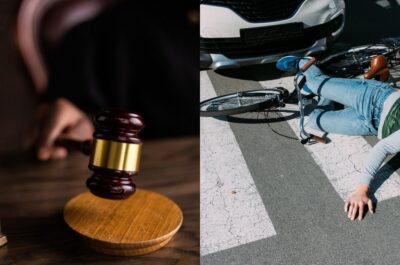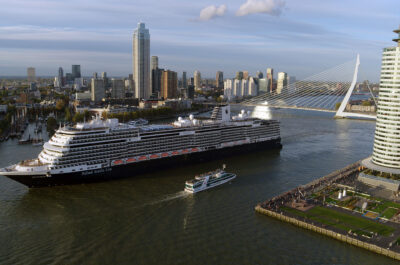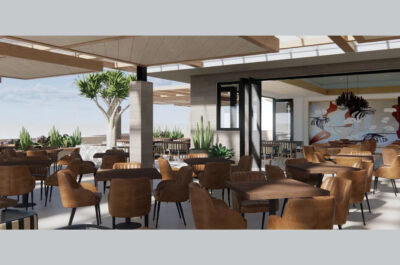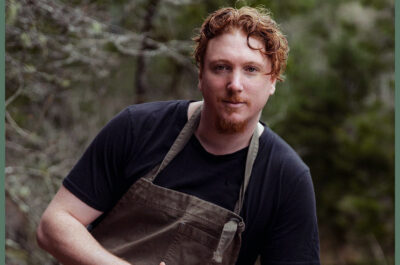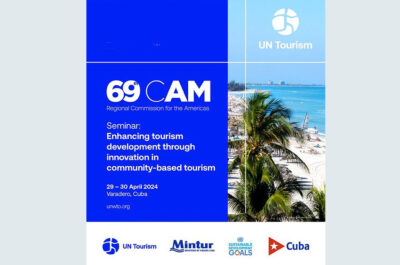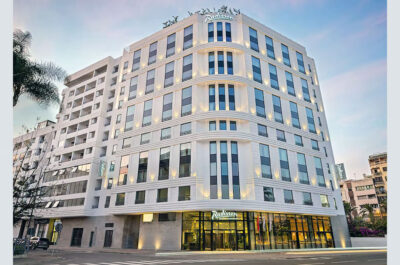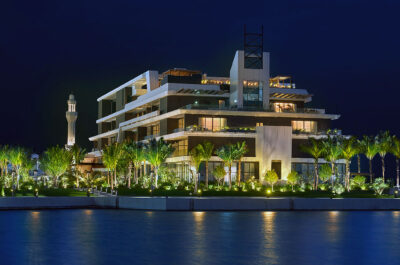The red bricks, patios and coral stone encapsulate this building’s 16th-century Spanish style and its ubiquitous historical class combines with up-to-the-minute comfort. The rum tastings and cigar rolling workshops are only two of the features on this timeless excursion.
The MGallery Nicolas de Ovando hotel spans three typically colonial houses and is a tourist attraction in its own right. It is in downtown Santo Domingo, on Hispaniola Island (the Dominican Republic), and a shrine to Caribbean lifestyle. The red bricks, patios and coral stone encapsulate this building’s 16th-century Spanish style and its ubiquitous historical class combines with up-to-the-minute comfort. The rum tastings and cigar rolling workshops are only two of the features on this timeless excursion.
This hotel’s fabulous story starts with its history-steeped facade. “These were the first three houses built on the island that Christopher Columbus discovered,” explains MGallery Santo Domingo Nicolas de Ovando General Manager Thomas Simonnet. The three homes that have housed this hotel since 2003 have white and coral-stone facades in a perfect location on Calle de las Damas, a street facing the port on Rio Ozama, a river that has been used as a natural harbor since the 16th century. It was the first street that Spanish settlers built in the New World and was named after the elegant Spanish dames who paraded their finery on it in days long gone. One of the homes belonged to Nicolas de Ovando, the first Governor and Captain-General of the ‘Indies’ appointed by the Spanish Crown. “You can spot our hotel from a long way away because it is the only house with a square tower. That was the sign that the Governor lived there.”
Exploring the New World
The first cathedral – the Panteon Nacional today – and the French Embassy are across the calle, which is an open door to the heart of the New World. The buildings date back to 1502-1515, and the stone walls are about 1.5 meters thick. “The small openings were typical 16th-century Spanish architecture: they keep the heat out,” explains the General Manager. The sculptures depicting royal palm trees adorning practically every wall have a story: Columbus chose that symbol to represent Hispaniola Island on maps in his day.
Caribbean class
The three houses connect though shady patios clad in white coral stone, red brick and local terracotta tiles. The lush garden is great for strolls, there is a fountain to sit by, and a 12-metre-long pool to dive into! “This city has a soul. The atmosphere here is something special: it is quiet in the afternoon when all the shutters are closed, and warm in the evening when the music starts playing and parties get going.” One of the traditional local feature that have woven their way into the hotel is a tabaquero who teaches guests the art of rolling cigars and adding a final touch – a ring with the hotel’s logo. The restaurant is called La Residence after the French Embassy opposite, reminding guests of the “Ambassador’s Residence”.
Unique colonial rooms
This hotel is a listed historical monument and eminently multifaceted. The yesteryear woodwork on the ceiling over the lobby is one of the original features. The 34 rooms there, on the other hand, are categorically up-to-the-minute. The other part of the hotel counts 70 rooms and the style there is decidedly colonial. “The architects had to bend around the different levels in the houses, the thick walls and the small windows,” Thomas Simonnet confirms. No two rooms are alike – and the only thing they all have is a breathtaking view over Rio Ozama, the city and the wall protecting the center of town.
Ghost spotting
“I’m actually starting to believe it,” the General Manager confides. The staff have ghost stories to tell – but guests have never been inconvenienced! “A chamber maid says she saw a women dressed in 16th-century clothes walking away from her in one of the patios. Others say they feel someone is following them.” Many indeed believe the hotel is haunted and Nicolas de Ovando’s ghoul has his own lore: “The Governor’s portrait, a painting in the reception hall, needs to stay slightly tilted. Bad things happen when someone moves it.” The General Manager recently deferred restoration work on that painting, lest retaliation from the afterworld befall!
Voyage, voyage
But whether or not there is a ghost there, the past instantly dazzles visitors the instant they step in. This hotel is very much part of this island’s history: it is in the colonial part, i.e. the first city that settlers built, and has been UNESCO World Heritage since 1990. “Our hotel takes travelers from the 16th to the 21st century in seconds,” Thomas Simonnet enthuses. The Cibao Bar has 35 seats made of local dark wenge wood, and treats guests to an experience exploring the subtleties of rum, another Santo Domingo tradition. The best known one is Brugal, and a cigar is naturally the best accompaniment for it. But there is another coveted drink: fresh fruit juice. This hotel inter alia serves strawberry juice 365 days a year because strawberries never stop growing on this island. The gentle warm weather, feeling you are far away from it all, and opportunity to explore a flamboyant civilization make the MGallery Santo Domingo Nicolas de Ovando as riveting as the rest of Santo Domingo Island.
